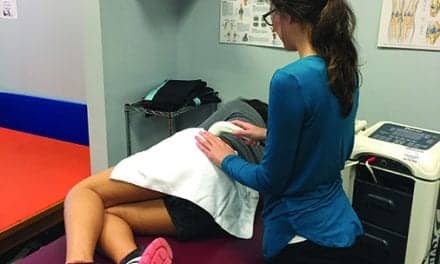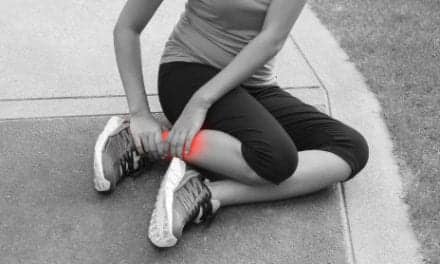With a dizzying number of foot, ankle, and knee injuries that potentially could occur during a basketball game, the American Academy of Orthopaedic Surgeons (AAOS) encourages players to consider safety tips to reduce their injury risk during a game.
According to the Consumer Product Safety Commission (CPSC), in 2016, emergency departments, doctors’ offices and clinics treated 60,509 people for basketball-related foot injuries, 355,130 people for basketball-related ankle injuries, and 186,464 people for basketball-related knee injuries, per a media release from AAOS.
“Foot and ankle injuries are the most common injuries in basketball,” says AAOS spokesperson and orthopaedic sports medicine surgeon Matthew Matava, MD, in the release.
“Non-contact twisting injuries to the knee and ankle while racing for the ball, coming down from a rebound, or defending an opposing player can lead to knee ligament and cartilage tears and sprained ankles. The risk for some of these injuries can be lowered by simply wearing the right shoes designed for basketball. Proper shoes with ankle support and good traction for basketball court surfaces are essential.”
The AAOS recommends the following basketball safety tips:
1) Proper Preparation for Play. Maintain physical activity by sticking to a balanced fitness program during the off-season. Always warm up and stretch before beginning play. Research has shown that cold muscles are more prone to injury. Warm up with jumping jacks, stationary cycling or running or walking in place for 3 to 5 minutes, especially cold winter months when basketball is frequently played.
2) Focus on Technique. Players at all levels benefit from good coaching to assist with proper technique to improve performance and reduce the risk for injury. Play your assigned position and know where other players are on the court to reduce the chance of collisions. Know the rules of the game and avoid illegal contact that involves holding, blocking, pushing, or charging opponents.
3) Ensure Appropriate Equipment. Select basketball shoes that fit snugly, offer support, and have non-skid soles. Most have a high-top ankle support, which may reduce the incidence of ankle sprains. Some players use ankle braces or tape to further stabilize the ankle, especially following a prior sprain. Absorbent cotton socks are imperative to reduce the chance for blisters that are especially common with new shoes. Wear a mouth guard to protect your teeth from inadvertent contact.
4) Inspect the Court Before Play. Outdoor and indoor courts should be properly maintained and free of rocks, holes, cracks, debris, and water. A surface with adequate traction is imperative to reduce the risk of injury. Baskets and boundary lines should not be too close to walls, bleachers, water fountains, or other structures. Basket goal posts, as well as the walls behind them, should be padded. Players should avoid playing in extreme weather or on dark courts that are not properly lit.
[Source(s): American Academy of Orthopaedic Surgeons, PR Newswire]





